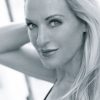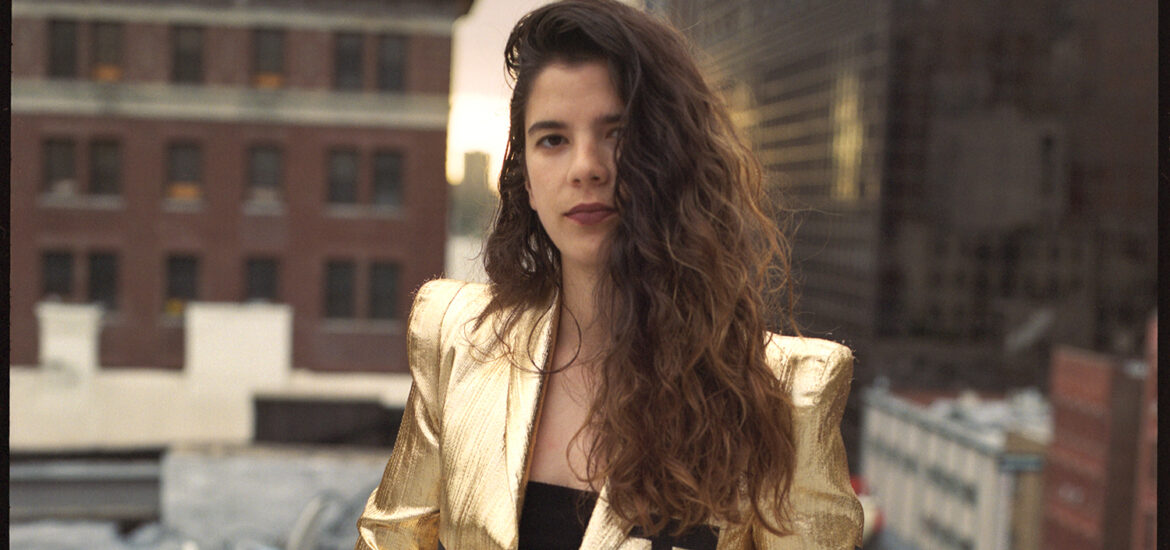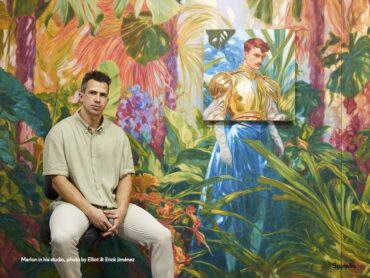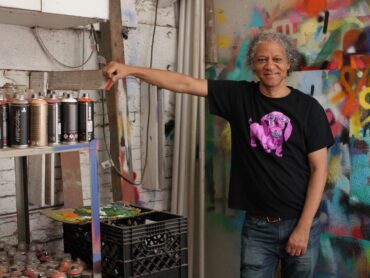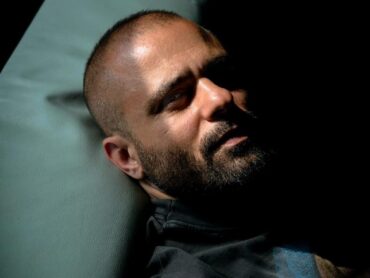Katelyn Kopenhaver is not your typical artist. She doesn’t just create art, she rouses her viewers to delve into a world where she orchestrates incidents that disrupt the norm, tempting them to delve into a world where art becomes more about asking profound questions than finding straightforward explanations.
Using printmaking, video, performance, and subversive installations, Katelyn unveils the distortion of certainty and the spectrum of predatory influences that shape our sense of reality and identity. Leaving one to weigh where they get their facts and how much of our views, conclusions, and convictions are really our own.
Her upbringing in the historic town of Doylestown, Pennsylvania, was not the familiar artist’s journey. Her earliest understanding of form, rhythm, and nuance was not from a canvas but from the rhythmic thud of hooves against the earth. Competitive horseback riding was a significant part of her youth, readying her command, presence, and intuitiveness beyond words. That attentiveness stretches far beyond the stables.
Anyone who’s crossed paths with Katelyn will mention her broad, radiant smile, unique sense of style, and a consciousness that seems to suspend behind her eyes. It’s this instinctive awareness that pulses through her work. Settling in the corners, gently tugging the onlooker into an area where thought unspools. Kopenhaver’s work is bookish and sharp. She recreates language the way some artists recreate with light. She’s not interested in telling anyone what to think. Her art doesn’t prescribe. Text, voice, and cultural references are woven throughout her illustrated storytelling, but never as an instruction manual. Instead, the viewer is confronted with one’s assumptions, sitting with discomfort or satisfaction, and occasionally both.
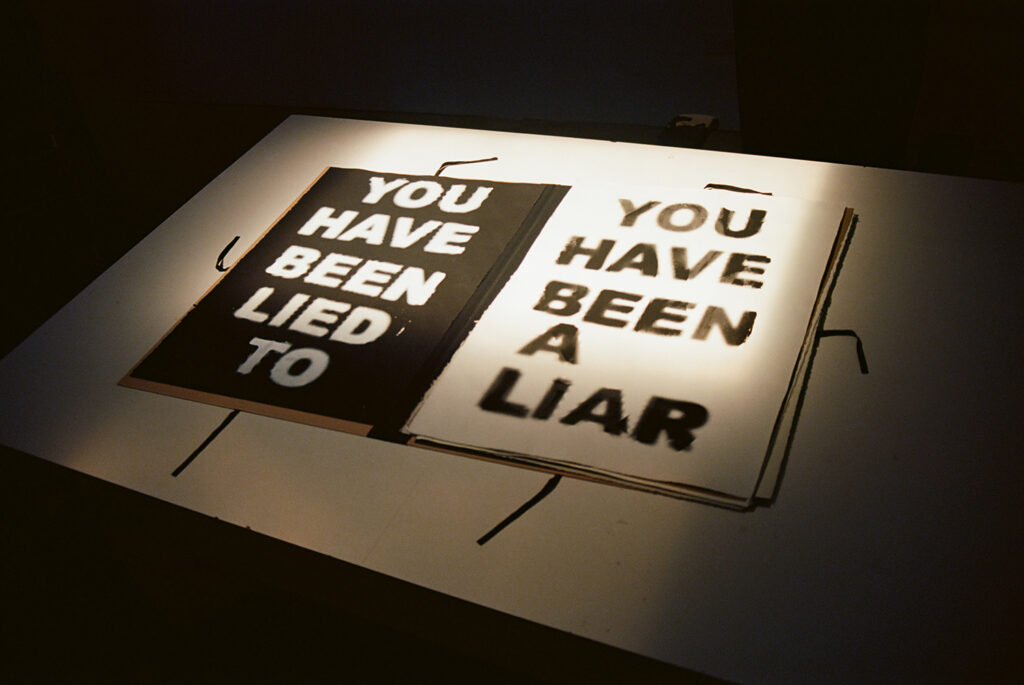
“When You Can Admit It”
Photo: Courtesy of the Artist
Kopenhaver’s performance art pushes that boundary even further. Her live pieces, often intimate, sometimes raw, focus on embodiment as a site of resistance. These performances aren’t meant to be comfortable; they’re meant to be present. They rely on that same magnetism she carries naturally.The smile, the calm, the hum of something more profound and it draws her audience in repeatedly.
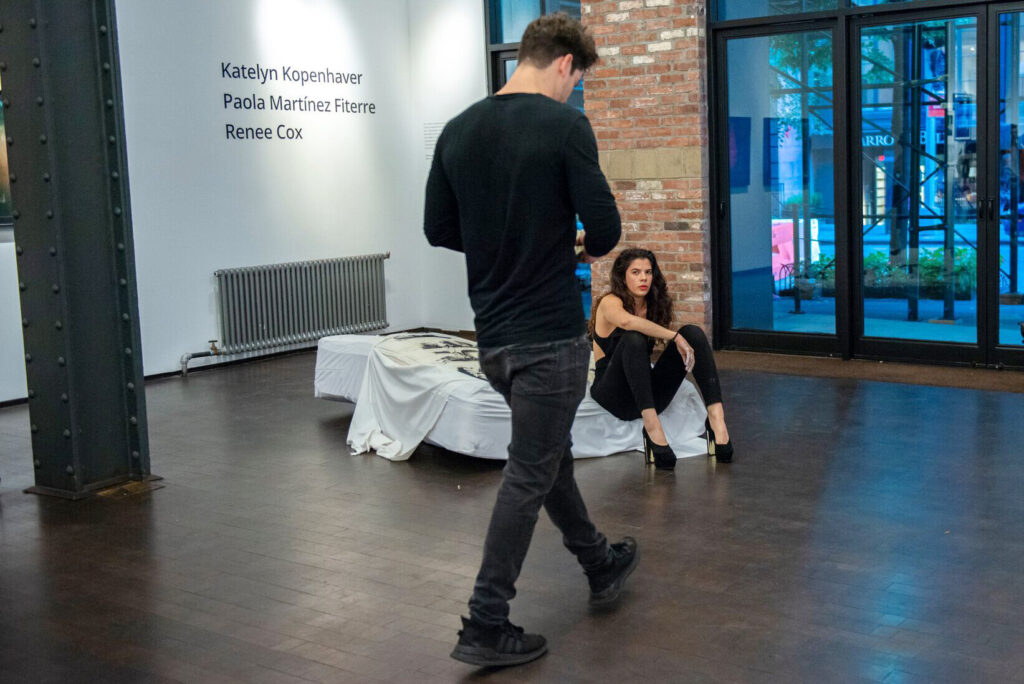
Brown Hair Brown Eyes
Performance piece Photo: Courtesy of the Artist
In the “Predator and Prey” Series from 2016-2021, was inspired by her father buying her a vintage fur coat from a second hand store. It was big and bulky and she wondered what she would do with it. Living in New York City at the time, she got to thinking about prey, and how fur, once a straightforward emblem of wealth and status, now creates controversy in modern society. The coats became tools in the exploration of the primal, aggressive instincts within human nature, influenced by the gritty realities of urban life. In public, the coats can trigger strong, polarizing reactions. The messages, acting simultaneously as expressions of inner emotion and also as a kind of armor, offering protection and a sense of identity. The thought she had was,” I am wearing an animal that was hunted by man. Am I the hunter or the hunted?” She put the words, in acrylic paint, “Pray, Pray Pray Prey Pray Pray Prey” on one of the furs. She walked around New York with a coat that said “You are not following me.” in big red bold letters. Kopenhaver has also explored shifting power dynamics between predator and prey through live performances. For the first hour of one of her shows, she acted as the hunter, stalking visitors in the gallery, handing out disturbing notes, like, “Ive been following you all day” and taking invasive flash photos. In the second phase, she became the hunted, handing out small notes with vulnerable, desperate written messages, such as ” No one will help me” or “Get me out of here.” The performance ended with the Katelyn lying motionless on the floor, symbolizing death, while intermittently writing the names of both known and unknown victims and aggressors around the world.
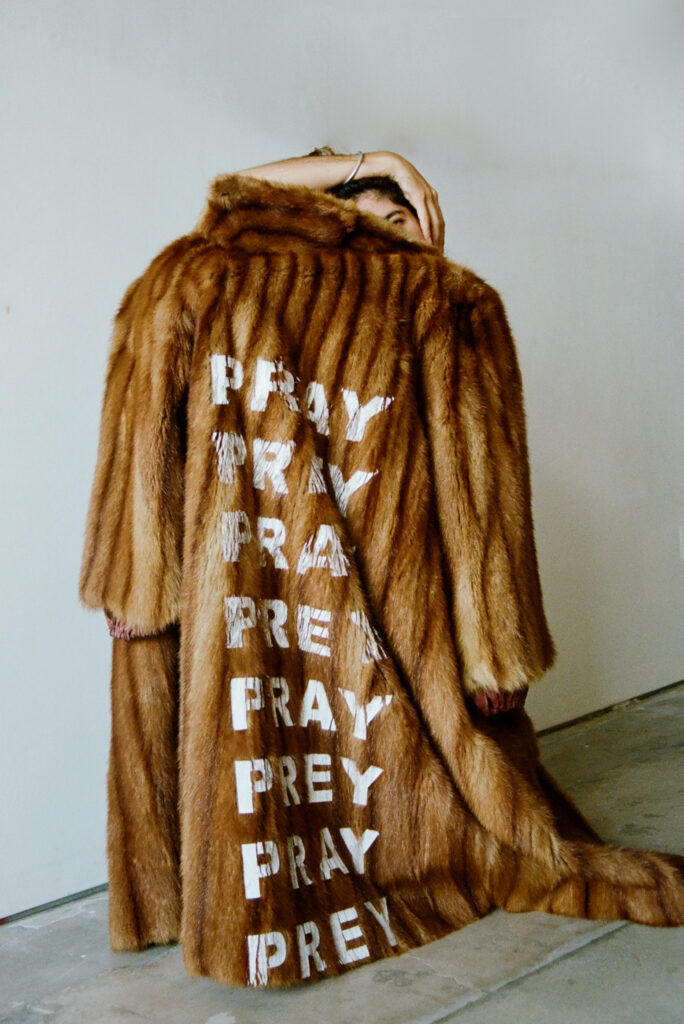
But what truly makes her work stand out isn’t just the content and pacing; it’s how she allows room. Her pieces breathe. There is never a rush to make her point. She’s confident the point will eventually find you if you pay attention. That trust in the viewer is rare, and it elevates her work from visually interesting to intellectually absorbing.
What sets Kopenhaver apart is her refusal to tie things up neatly. There are no conclusions or preachings in her art. Instead, she prods and pokes, inviting her audience to engage with the undercurrents of culture instead of headlines, challenging her viewers to think beyond the obvious.
Whether it’s a still image, a fragmented text-based installation, or a body on display in performance, Kopenhaver’s pieces don’t just speak, they listen. And perhaps that’s what makes her work so magnetic: she understands that art, at its most alive, is an exchange, not a lecture, not a spectacle, but a space. Her art can engage the audience in a conversation, questioning their perceptions and sparking new views. This interactive temperament of her work makes it extremely compelling.
As part of her ongoing series, “What’s Behind a Smile?”Katelyn creates unstretched works on various materials to illustrate the deceptive power of a smile, demonstrating how charismatic individuals can lure in and build trust through something as simple and disarming as a grin. The works delve into the ways a smile can cajole and manipulate, making it hard to distinguish between authentic warmth and the calculated agenda of an individual who uses the right words to gain unwavering trust. By placing her own smile among these notorious figures, she emphasizes a crucial point: Who could honestly tell the difference? This self-inclusion was profoundly important to her, as it underscores how people often fail to recognize when they’re being manipulated or exploited for hidden, sometimes dangerous, agendas, mirroring the subtle dangers hidden behind everyday facades.
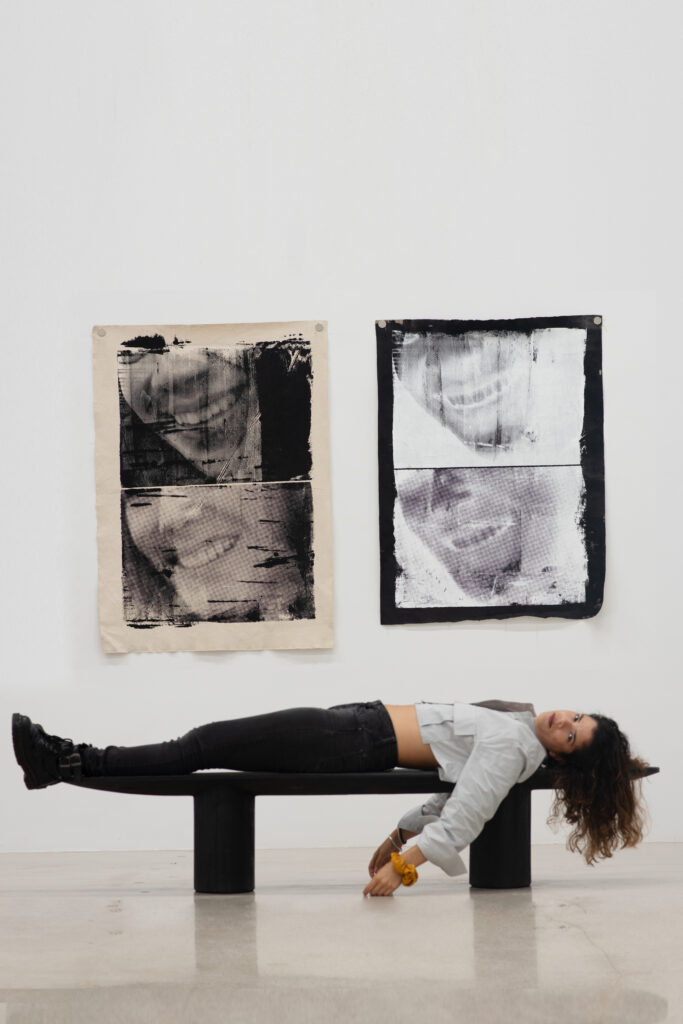
Smiles Katelyn Kopenhaver Photo: Courtesy of the Artist
DP- A smile can be welcoming, and a mask can hide discomfort, manipulation, or threat. What do you look for beneath the surface when you observe a smile?
KK- Levels of genuinity. I like to think I have a good gauge of character, though I have been duped. I analyze people’s body language, eyes, and words-how they say things, what they say, and what they want me to notice. Smiles from politicians, celebrities, and public figures are also telling-the face can reveal a lot.
DP- You are very witty; how important is having a sense of satire within certain messages?
KK- Ha, thanks! Satire, irony, and humor are essential. I enjoy messages within messages, where viewers can peel back these layers and engage with them. I like to watch people work and see their brains connecting the dots. Sometimes, the satire comes from the viewer; sometimes, it’s the title; sometimes, it’s the piece itself. Irony is all around us, like cosmic signs. When I look around, read, write, listen, and pay attention to what is happening inside me, sometimes I think of a message or usurp one.
One example is “America’s Shopping List,” which lists harmful chemicals and hidden toxins in our food and everyday products. It exposes the deceptive nature of consumerism and predatory corporate influence over our choices. We are forced to buy products not for what they contain but for their lack. The repetition of ‘free’ becomes an unsettling irony rather than liberation. We are anything but free, held at the mercy of the corporations that control the everyday things we need to survive and be human.
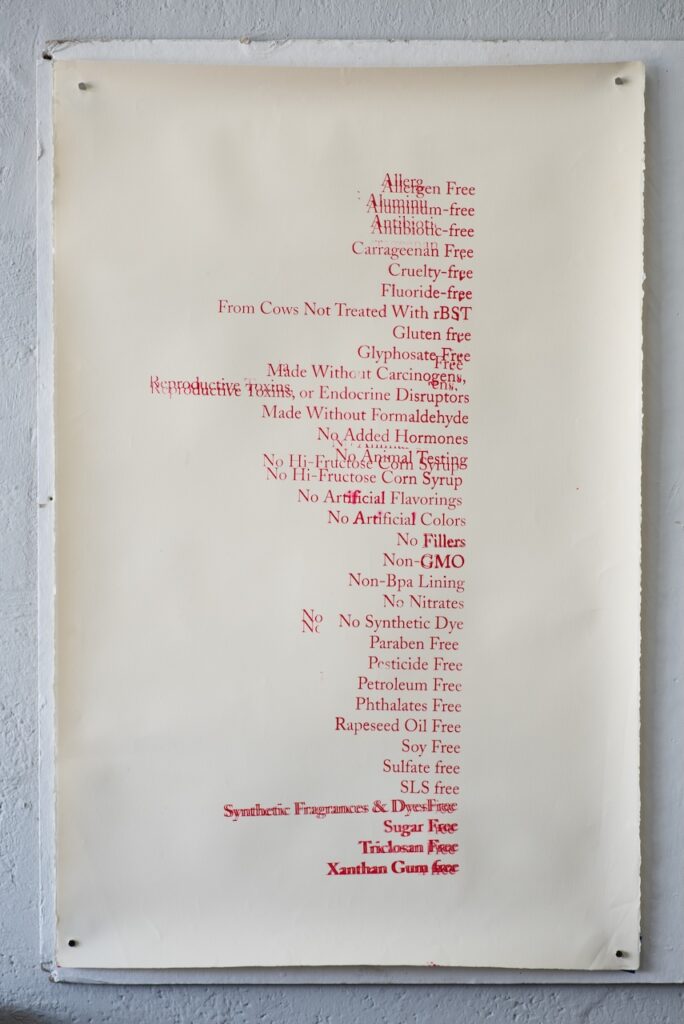
“America’s Shopping List” Photo: Courtesy of the Artist
DP- Does it sometimes get lost even when you spell it out?
KK- Potentially. I can’t control people’s interpretations, nor would I want to. We are so indoctrinated, polarized, and bombarded with information daily that people exist on their own ideological islands. It’s important to note that this is not normal. Humans are not meant to consume the constant chatter of daily life. We must actively step back, put the phone down, understand our feelings, and question things, especially our biases.
DP- What’s something completely unrelated that you love to do when you’re not making art?
KK- Horseback ride. I am a horse girl forever. I also love games and puzzles. I like mental stimulation…to figure things out. I love competition and play. I’ve always been very playful. I love (and need) physical activity. Boxing, swimming, tennis, running (even though I like running the least). I enjoy reading- fiction and non-fiction on a variety of concepts. Lately, I have been digging into classics that I never read! Brave New World, Animal Farm, The Stranger, Heart of Darkness, and currently Clock Work Orange. I also love a really good movie and stand-up comedy. I admire comedians.
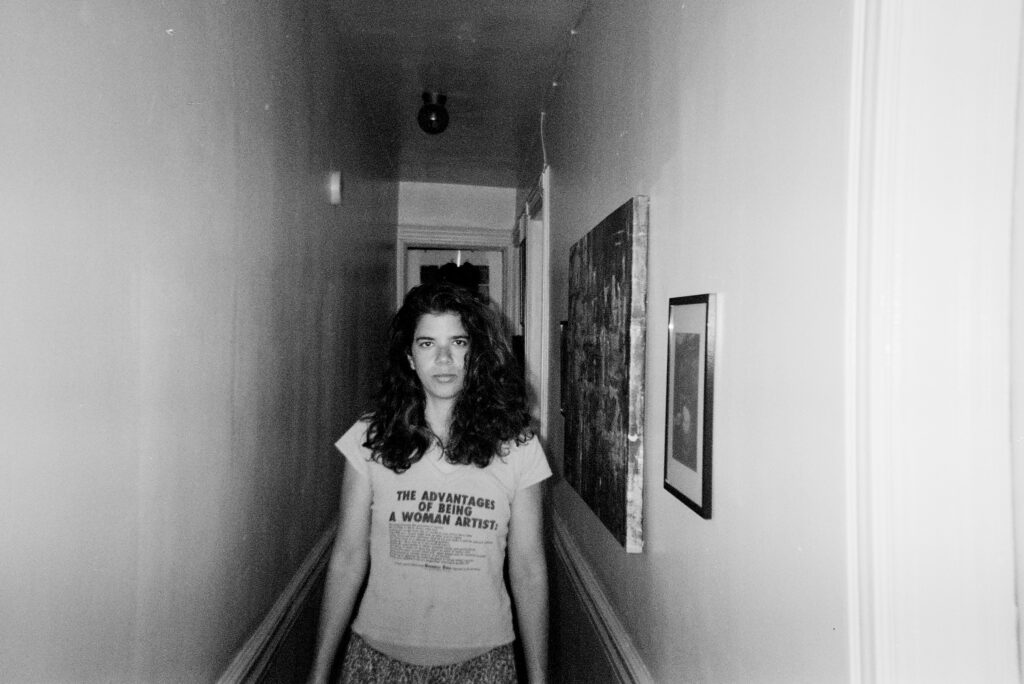
Photo: Courtesy of the Artist
DP- Are you more aware of the importance of your message in a world where our movements and identities are constantly being monitored?
KK- Yes and no. I had a studio visit with a dear friend and curator last week, and she said I hold onto language like a lifeboat. I do feel that way. I have so much respect for words and the actions that follow them. I also feel like words need saving. They are constantly disappearing, being manipulated, weaponized, redacted. I want to keep peeling back and exposing their layers, etymologies, and (mis)uses.
DP- Many of your performances involve immersive components where the audience encounters uncomfortable truths. How do you offset discomfort with engagement? Can you tell us a memorable interaction?
KK- I love the push and pull performance allows. I like viewers to ask themselves, “Is this a performance? Is this not?” because that is how I see reality. On some level, we are all uncomfortable; we are all performing. My performances aim to make people aware of their discomfort; perhaps that awareness catalyzes the engagement. I’ve had many memorable interactions. Brown Hair, Brown Eyes is a performance I did with my partner in 2019 at Pen + Brush in New York. He abducted me in various forms. Sometimes, it was brutal; sometimes, nothing happened at all. Although this is my most formal performance (i.e., people sitting in chairs, scheduled), I constantly broke the 4th wall – sometimes speaking directly to the audience and other times disregarding them. One of the scenes was me being “locked” in a room. I frantically asked people for a bobby pin after ripping through a body bag I was in. I yelled at them like it was their fault. I like the tension of what people “should do” or “shouldn’t do.” I am asking for your help, but you won’t give it because you want to be polite during the performance, but the performance is also real, is it not? Also, this idea of safety. Who helps during acts of violence, and who does not? And why?

“Brown Hair Brown Eyes” Performance, where Katelyn escapes from a body bag in front of an audience. Photo: Courtesy of the Artist

“Brown Hair, Brown Eyes” Performance Photo: Courtesy of the Artist
Another was during a minimal performance called DO NOT STEP OVER ME, where I lay on the 4th floor of my former 5th-floor walk in NYC. I was showing some artwork in the apartment with a friend before we left the city. One of the people who came to the show was walking up the stairs and lifted my coat, which had the message on it, off of me immediately. I learned he was a firefighter and genuinely wanted to make sure I was okay. Most people stepped over me, but I was kicked, poked, etc. I wrote down peoples interactions and what they did or didn’t do on a piece of paper, and had someone take a polaroid of me as documentation.

“Do not step over me” Photo: Courtesy of the Artist
I’ve done guerilla performances, like posting MOMA HAS NOT YET RESPONDED FOR COMMENT posters inside MoMa’s bathroom stalls. I put a SHE WAS LAST SEEN mattress in front of Jeffrey Epstein’s former Upper East Side mansion. I showed up to Art Basel and UNTITLED with a QR code on my skin that debuted, “WILL YOU BUY ME?”

“She was last seen” Outside Jeffrey Epstein’s former Residence Photo: Courtesy of the Artist

“Will you buy me?” Performance in Art Basel. Photo Courtesy of the Artist
“I love to play with our consensus reality and people, constantly.”
DP- What’s the weirdest or most unexpected place you’ve ever found inspiration?
KK- Weirdest: Waiting rooms and Walgreens. They are always so drab, with fluorescent lighting, bad art, and/or selling poison. But I find inspiration almost everywhere. Unique individuals I meet along the way, men and women of all ages and backgrounds, move me. I have muses, without a doubt. Listening to how people speak inspires me. Years behind a bar gave me much to chew on, leading me to performance art. Directors and actors inspire me, even though I loathe Hollywood. I love Stanley Kubrick and Johnny Depp. Writers and comedians, too. I have a special love for George Carlin—musicians and composers, especially Max Richter, Yann Tiersen, and Ludovico Einaudi.
DP- Your work has a distinct visual and conceptual identity. Does that translate into your personal style? How would you describe your fashion aesthetic?
KK- I like to think so. My style has evolved, like my practice. How I live and how I make are one and the same. Aspects of my work are imperfect and raw. Aspects of me are as such. Sometimes, I have pockets sticking out, mismatched socks, or a stain on my shirt I totally overlooked…oops. I am a messy eater, too. Other aspects of my work and my thinking are refined, sharp, and bold. I love the color red; I like hard edges and power outfits. Blazers, suits, boots, shoulder pads. This is to say I can curate a pretty good outfit when I want! I like style, and I admire when others have a unique style of their own as well.
DP- Your art sometimes reveals evidence as if exposing something hidden. Do you see your work as a form of testimony?
KK- Yes, I like to pull veils from things, but not in a way that’s in-your-face or overtly obvious because that would contradict my intent. What I aim to create is as disruptive, honest, and unforgiving as the truth beneath it. However, I aim not to teach or claim authority over what I’m uncovering; that would make me just like the newscasters, politicians, media oligarchs, wanna-be gurus figures and systems I’m critiquing. I work within the covert underworld of lies, predation, darkness, and manipulation, the things we consciously ignore or are conditioned to suppress. I then bring those findings up to the surface, hoping to expose a truth, make your brain glitch, pose a question, or provoke a thought, a feeling, or an action. There’s also always a link to my experiences, darkness and lightness, paranoias, fears, and humor, which I tie into cultural relevance. It’s about duality; we can’t have lightness without darkness. And it’s an acknowledgment that I’m very much a part of the system in which I critique. Talk about a contradiction!

Photo Courtesy of the Artist
DP- Some of your work touches on themes of trauma. Do you see your art as a way to regain lost narratives or as an act of resistance against forgetting?
KK- Yes. Art is indexical to who we are. It’s one of the best methods to understand and track yourself. I look back at past performances and works and remember what I was mad about, what I was thinking about, where I was, who I was, and why. It’s also interesting to look back at the work I have done about specific individuals and remember their stories.
The news cycle is so relentless that it’s important not to forget atrocities that have happened and how they are still happening and remain unresolved. There is no catharsis in our culture. We are beaten over the head with what is ‘the facts,’ ‘for our safety,’ ‘fear this,’ and ‘fear this’ that we have no time to chew on things, read stories, compare and contrast, or even form an opinion—it’s already made for us.
We revolve yet don’t evolve, caught in a constant loop of headlines, daily tasks, consumption, and sedation.
DP- If you could orchestrate a performance in any location without boundaries, where would it be and why?
KK- I have always wanted to do a flash mob of sorts in the Financial District in NYC. I imagined all these men wearing ‘PLEASE PAY ATTENTION TO THE MAN BEHIND THE CURTAIN’ blazers. Everyone is walking outside, holding the same briefcase, and walking in a specific pattern. It’s a very old idea, and perhaps a bit too on the nose now, but there is something so sinister, so dark about that part of New York. Not only is it literally dark, because the buildings are so high and the streets are so close, but energetically. What happens there trickles down to us and the rest of the world. The decisions that are made in those rooms change the course of… everything. Most of the time, we fight with one another, but how about we peer at the major institutions that protect one another, organize crime, and control our very essence? Just a thought.

DP- Your screen prints often feature fragmented phrases and imagery. How do you decide what to include, and what role does repetition or erasure play in your process?
KK- 99% of art hides, and 1% reveals. I decide the most important part, the part the work cannot be without, and either scrap or abstract the rest. Repetition and erasure are conceptual choices as well as aesthetics. Repetition, especially when I want to call emphasis on a thing and exhaust it and/or reveal a pattern. I also do this by erasing or redacting, messing with the words.
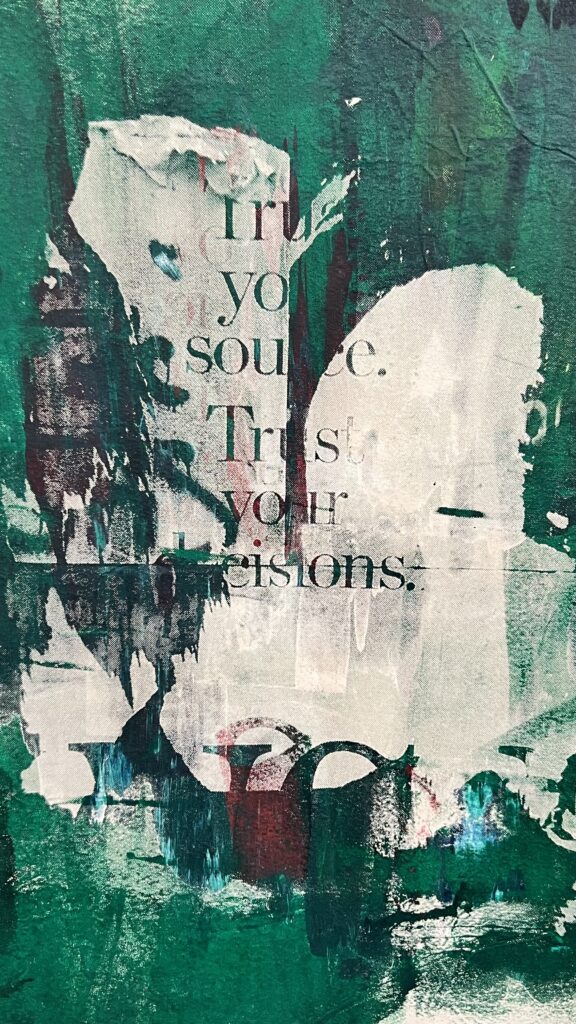
“Trust your source, Trust your decisions” Photo:Courtesy Portray Magazine
DP- Your work often carries a sense of unease, like something has been censored or revealed too late. Do you think printmaking mirrors how news is dispatched in society?
KK- Unease is good. I like that – thanks. At this time, I think the camera, the screen and performance mirror how news is dispatched more so. It’s wild because woodblock printing was being utilized for religious purposes in the 9th century, and then nearly 600 years later, Johannes Gutenberg invented a system where individual metal letters could be arranged, inked, and pressed onto paper. This is how we have the Bible. Regardless of religious doctrines, I consider print to be the earliest form of truth and lies, and for a lot of my work that explores that space, the technique conceptually ties into my work seamlessly.
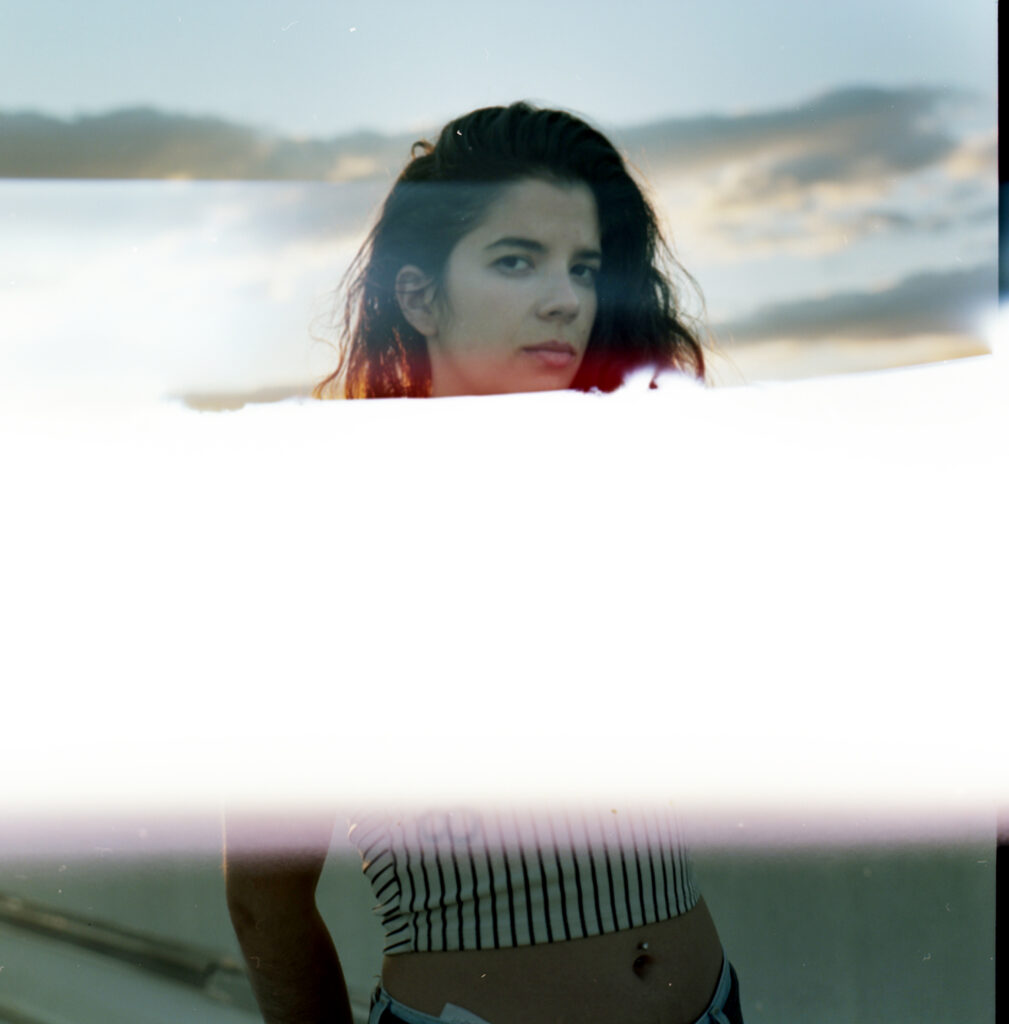
With her roots grounded in discipline and her concepts pushed toward complexity, Katelyn Kopenhaver produces work that doesn’t just hold up a mirror to culture, it bends the glass, refracts the image, and asks what we’re seeing. That’s not just smart.. it’s vital.
